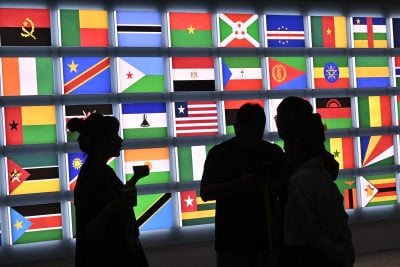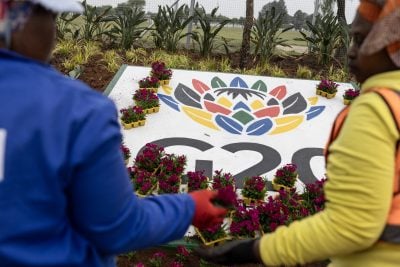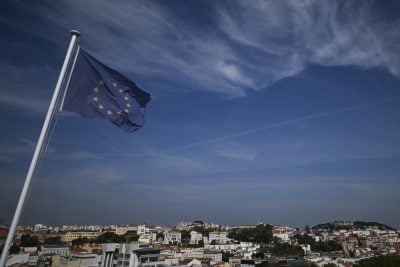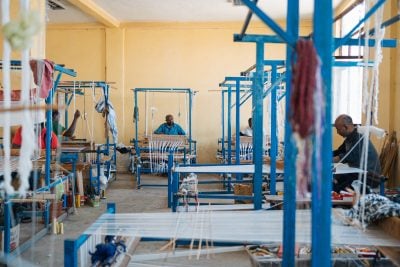As Kenya looks to stage a recovery from the market disruption wrought by Covid-19, East Africa’s largest economy finds itself at an especially challenging moment as presidential elections loom in 2022.
With elections typically a period of government inaction and subdued growth, businesses have only a few months to recover from Covid-19 before they will be thrust into yet another downwards cycle.
To make matters worse, the rebound in well-vaccinated nations across the word is limited in African markets, where a third wave of Covid-19 is setting in amid limited vaccinations.
In fact, most African countries do not expect to adequately vaccinate their populations until 2022 at the earliest. Rapidly rising cases in neighbouring Uganda forced authorities to plunge citizens back into a strict lockdown in June, and Kenya could well follow suit. The pandemic has already taken a toll on key areas of Kenya’s economy including tourism, banking, manufacturing, aviation and hospitality.
“I’m astonished with the IMF prediction, but frankly the IMF has been significantly off base in a lot of African countries recently,” says Aly-Khan Satchu, CEO of Nairobi-based investment advisory firm Rich Management.
“I’m hard pressed to see how this economy can rebound meaningfully this year. I think we are going to get a very anaemic rebound, probably half of what the IMF is predicting. A lot of people have lost their jobs, it’s been very tough.”
Government takes action
The government unveiled its latest budget in June, with plans to increase spending by 8.8% to $33.9bn to counter Covid-19. President Uhuru Kenyatta, who was dealt a blow in June as his plans to expand the executive were rejected by the courts, wants to seal his legacy by making infrastructure investments in highways, ports and railways near the end of his second term.
The ambitious plans have put the fiscal deficit at $8.8bn, equivalent to 7.7% of GDP, which the government plans to fill with aggressive external and domestic borrowing. The budget also maintained high taxes across the board, with an increase in fuel prices hitting the transport sector and commuters alike.
Though the government reduced VAT, PAYE and corporate tax rates in 2020 to cushion the economy from Covid-19, these measures were rolled back in January despite the fact that many businesses continue to struggle.
The result of a steady stream of IMF and World Bank loans over the Covid-19 period, and a significant amount collected from the tax base – which has been widened and broadened in recent years – is that Kenya’s government is not short of money. But its spending plans have raised eyebrows.
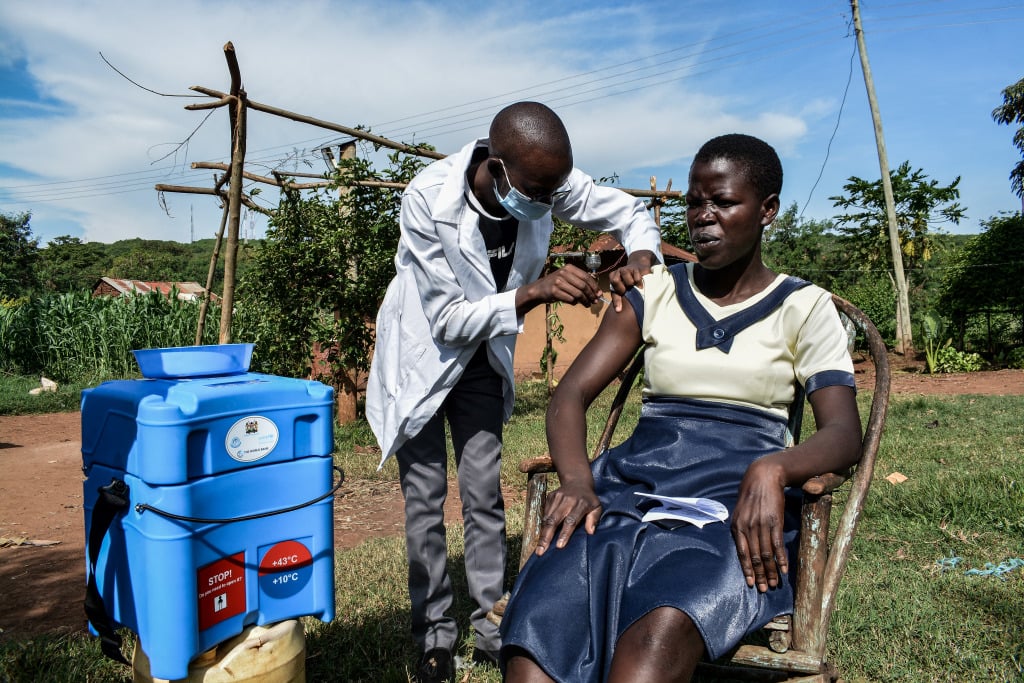
“Kenya doesn’t have a funding problem,” says George Bodo, CEO at Nairobi-based Callstreet Research and Analytics. “The problem is expenditure.”
Kenya’s government has been criticised for wasting money on vanity projects rather than productive areas of the economy, such as much-needed support for SMEs. Ineffective borrowing continues to weigh heavily: the government will spend two-thirds of its domestic budget on debt servicing this year compared to only a third on development projects.
And critics allege that much of the money from international lenders is whittled away by corruption. At time of writing, more than 236,000 Kenyans had signed a petition asking the IMF to cancel its $2.34bn loan as previous disbursements have been lost in corruption scandals, they claim.
Satchu says that the international community is keen to support Kenya as much as possible while the rest of the region is in turmoil.
“What the IMF and World Bank have done is given Kenya some breathing space and I think in part that is the geopolitical context for what is happening in Ethiopia and the Horn of Africa,” he says.
Growing the economy
Most analysts doubt that any serious economic policies or spending plans will be implemented between now and the elections next August.
The majority of sectors continue to operate at productivity levels well below pre-pandemic equivalents. Manufacturing – which accounts for around 10% of GDP and is made of up companies that produce goods including food, furniture, textiles, plastic goods, cement and flour – contracted by 3.2% in the third quarter of 2020.
“Manufacturers saw a fall in demand for their products and services, faced cashflow constraints, reduced output, and had difficulties in local sourcing or importation of raw materials,” Phyllis Wakiaga, CEO of the Kenya Association of Manufacturers (KAM) tells African Business.
According to a KAM survey, only 25% of surveyed firms operated at near full capacity in Q1 this year. Nearly 30% operated at half capacity and 16% reported that they operated at lower than a quarter of installed capacity, continuing the trend from last year.
To help the sector grow, Wakiaga suggests the government should provide credit for SMEs, improve the ease of doing business and adopt a “do no harm” principle by creating a supportive regulatory environment.
Although Kenya, which is well known for its free-market credentials, has one of the more favourable regulatory environments in Africa, there are still many ways in which the government can help the private sector.
Seema Dhanani, head of office and coverage director for Kenya at CDC Group, the UK’s development finance institution, says that regulatory stability is key.
“We see constant changes around taxation and consistently changing regulation,” she says.
Critics argue that the government hurriedly implements new taxes when it has a funding shortfall without rigorously investigating the long-term effects of these policies. For example, the introduction of a minimum business income tax of 1% on 1 January stunned Kenya’s startup community as companies had to pay taxes even when they were not profitable.
Founders say that this could be extremely damaging for the emergence of long-term high-growth business plans on the Amazon model, which take years to reach profitability and require heavy investments in infrastructure and logistics.
“It’s short-sighted. With this anti-innovation policy in place, the authorities are likely to drive away revenue in the long term where they would otherwise be collecting if they didn’t have this policy in place,” says Daniel Yu, CEO and founder of the e-commerce startup Sokowatch.
Negative outlook in banking sector
The banking sector is another area of the economy with a negative outlook as Kenyan lenders reported huge losses over the 2020 financial year. KCB, Kenya’s top lender by assets, reported a drop in net profit of 22% and Equity Bank, the second largest lender, reported a drop of 12%.
Loan books have deteriorated for most banks, especially those that are heavily exposed to sectors most impacted by Covid-19 including tourism, commerce, trade and hospitality. Banks were also impacted by the government directive to waive all fees on transactions.
“It was a cash cow for banks,” says Bodo. “KCB have said that they are now losing close to $2m in revenue a month.”
However, the fact that banks relied so heavily on transaction fees to turn a profit reflects the lack of innovation and sophistication of product-offerings by Kenyan lenders in the marketplace. Banks in more developed markets tend to offer zero-rated transaction fees to expose customers to other money-making parts of the business. Kenyan banks, on the other hand, have played it safe by maintaining the outdated revenue stream and mostly investing in government bonds.
The lenders remain risk-averse and liquid as they shy away from lending to the private sector, meaning they will be unable to meaningfully contribute to Kenya’s rebound. Bodo says that unless there is a risk guarantee from the government, there is unlikely to be much credit available for the private sector from banks in the local market.
Signs of recovery
Despite a generally negative outlook, there are signs that certain sectors are picking up steam.
The agricultural sector has been the backbone and saving grace of Kenya’s otherwise gutted economy throughout the pandemic. Thanks to lockdown exemptions implemented by the government, agri-producers and traders were able to continue to do business.
Although flower exports to Europe initially took a big hit, logistical challenges were overcome and demand gradually returned. Tea exports from the port of Mombasa actually grew by 21% in 2020 compared to the previous year, providing a valuable source of foreign exchange for the country.
The sector makes up around 34% of GDP, but reduced rainfall from March to May has led to predictions of a below-average harvest this year.
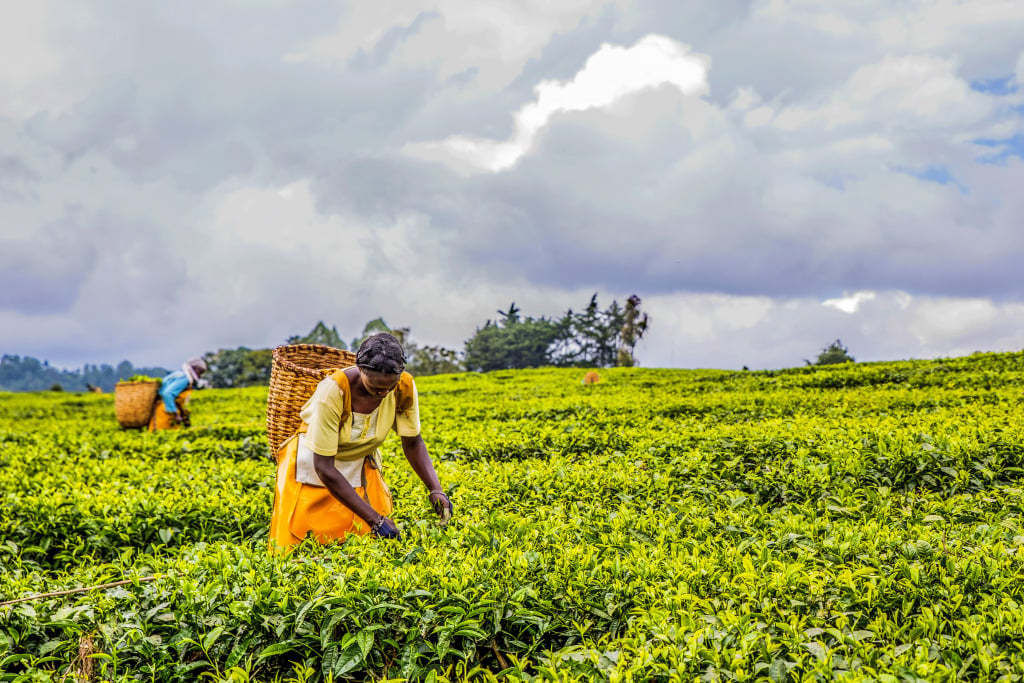
Another sector that looks to be staging a tentative rebound is tourism. Although Covid-19 uncertainty weighs on the overall outlook, tourists are beginning to return to Kenya’s famous safari destinations, says Muthuri Kinyamu, co-founder at Turnup.Travel.
“Definitely it is much better now as vaccination continues and people have the confidence to travel further and to be more committed to holidays,” he says.
“Of course there is still a lot of apprehension regarding other measures like lockdowns but I’m looking at the last weekend and the Maasai Mara was busy again so that is a good sign. People are optimistic and ramping up their marketing efforts.”
Kinyamu expects around 750,000 international arrivals to visit Kenya this year, many of them having deferred their trips from the year before. Tour operators have pivoted from offering large group trips to smaller bespoke tours where families are relatively isolated.
Although vaccinations remain a distant reality in Kenya, the limited domestic rollout – only 0.4% of the population are fully vaccinated – may not affect tourists hailing from majority-vaccinated countries. But the slow rollout – plus the upheaval of next year’s elections – means that the economic situation facing Kenyatta’s successor is far from certain.
Want to continue reading? Subscribe today.
You've read all your free articles for this month! Subscribe now to enjoy full access to our content.
Digital Monthly
£8.00 / month
Receive full unlimited access to our articles, opinions, podcasts and more.
Digital Yearly
£70.00 / year
Our best value offer - save £26 and gain access to all of our digital content for an entire year!
 Sign in with Google
Sign in with Google 
